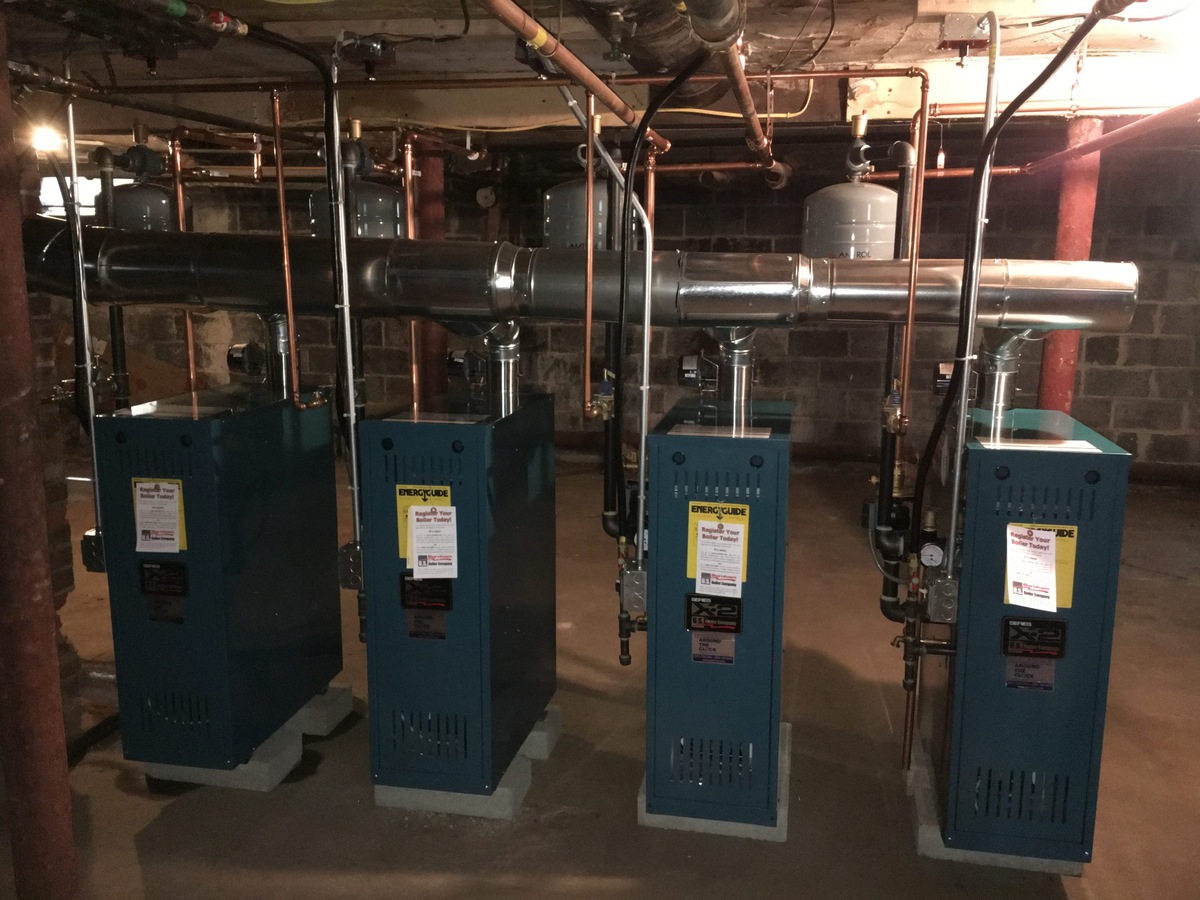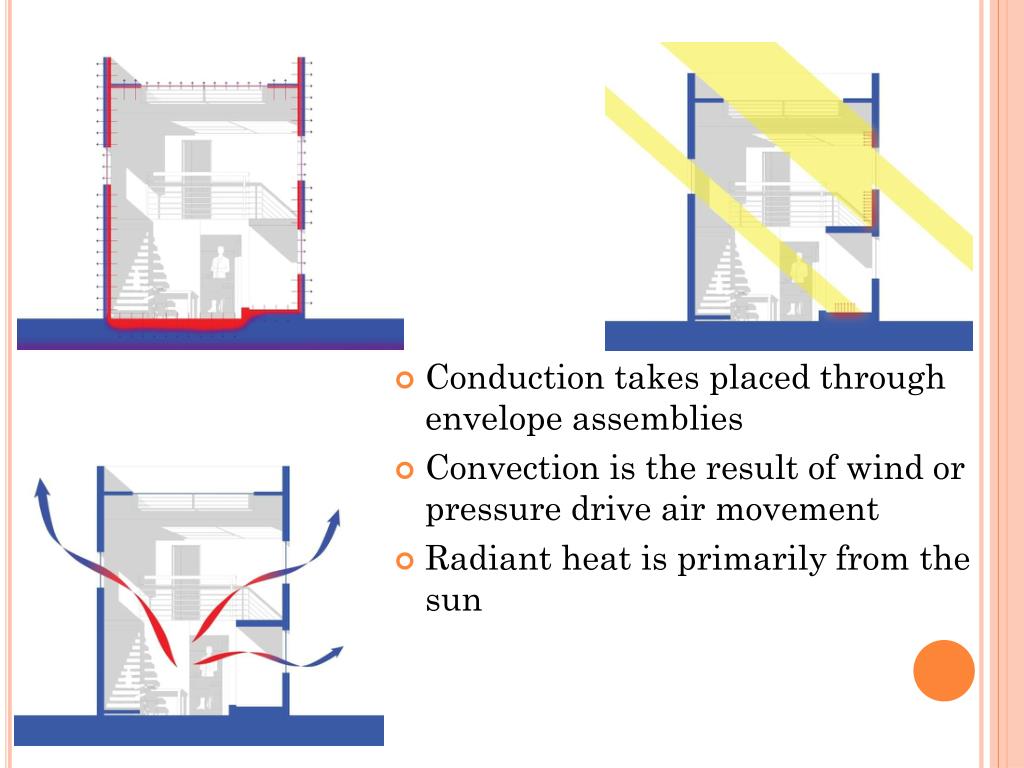When Do Apartment Buildings Turn On Heat

The question of “when do apartment buildings turn on the heat?” is more complex than a simple date on a calendar. It's a confluence of local laws, tenant agreements, building management policies, and, of course, the ever-fluctuating weather. Understanding these factors is crucial not just for residents, but also for HVAC technicians, property managers, and anyone involved in the multi-family housing industry.
Governing Laws and Regulations
Many cities and states have specific regulations dictating minimum indoor temperature requirements for rental properties. These laws are designed to protect tenants from extreme cold and ensure habitable living conditions. For example, New York City's Housing Maintenance Code mandates that landlords provide heat between October 1st and May 31st if the outdoor temperature falls below 55 degrees Fahrenheit during the day. The indoor temperature must be at least 68 degrees Fahrenheit between 6:00 AM and 10:00 PM. At night, the indoor temperature must be at least 62 degrees Fahrenheit.
Similar laws exist in other major metropolitan areas, each with its own temperature thresholds and timeframes. These regulations often carry penalties for non-compliance, making it essential for property managers and building owners to stay informed and adhere to local ordinances.
Compliance with these regulations is not just about avoiding fines; it's about providing a safe and comfortable living environment for residents.
Lease Agreements and Building Policies
Beyond legal mandates, lease agreements often specify heating policies. These policies outline when heat will be turned on, temperature expectations, and procedures for reporting heating issues. Building management companies often create their own supplemental guidelines to ensure consistency across multiple properties. These policies may also address energy conservation measures and strategies for managing heating costs.
In some cases, lease agreements may grant building management discretion over the heating schedule, allowing them to adjust based on weather conditions and energy efficiency goals. However, these policies must still comply with local regulations and tenant rights.
Example: A Case Study in Chicago
Consider a large apartment complex in Chicago. The building management company follows the city's minimum temperature requirements, but they also proactively monitor weather forecasts. If a cold snap is predicted in late September, they may choose to activate the heating system a week or two before the official October 1st start date to ensure tenant comfort and prevent potential complaints. This proactive approach can build goodwill and reduce the risk of emergency calls to HVAC technicians.
Weather Conditions and Tenant Comfort
Ultimately, the decision of when to turn on the heat hinges on the weather. Property managers closely monitor weather forecasts, paying attention to overnight lows and sustained periods of cold temperatures. The goal is to maintain a comfortable indoor environment for residents while balancing energy costs. This is where the expertise of a skilled HVAC technician becomes invaluable.
Tenant comfort is paramount. Even if the outdoor temperature isn't consistently below the legal threshold, extended periods of cool weather can create uncomfortable living conditions. Responsive property managers proactively communicate with tenants, seeking feedback on indoor temperatures and addressing any concerns promptly.
HVAC Systems and Maintenance
The efficiency and reliability of the building's HVAC system play a significant role in determining when the heat needs to be turned on. A well-maintained system will heat the building more effectively and efficiently, potentially allowing for a later start date. Regular maintenance, including filter changes, duct cleaning, and system inspections, is crucial.
Outdated or poorly maintained systems can struggle to maintain comfortable temperatures, especially during extreme cold. This can lead to increased energy consumption, higher utility bills, and tenant complaints. Investing in energy-efficient HVAC equipment and implementing a comprehensive maintenance program can significantly improve building performance and reduce long-term costs.
Career Paths in HVAC and Multi-Family Housing
The demand for skilled HVAC technicians in the multi-family housing sector is consistently high. The U.S. Bureau of Labor Statistics projects a growth rate of 5% for HVAC mechanics and installers from 2022 to 2032, about average for all occupations. This growth is driven by the increasing need for energy-efficient systems, the aging building stock, and the growing demand for qualified technicians to maintain and repair existing equipment.
Entry-Level Positions: Typically involve assisting experienced technicians with installations, repairs, and maintenance tasks. Salaries for entry-level HVAC technicians range from $35,000 to $45,000 per year, depending on location and experience.
Mid-Level Technicians: Possess several years of experience and are capable of performing a wider range of tasks independently. They may specialize in areas such as residential heating, commercial refrigeration, or building automation systems. Salaries for mid-level HVAC technicians range from $45,000 to $65,000 per year.
Senior Technicians and Supervisors: Have extensive experience and expertise in all aspects of HVAC systems. They may supervise teams of technicians, manage projects, and provide technical support. Salaries for senior HVAC technicians and supervisors range from $65,000 to $85,000+ per year.
Specialized Roles: These roles include HVAC engineers, building automation specialists, and energy efficiency consultants. These positions require advanced education and certifications. Salaries for specialized HVAC professionals can range from $80,000 to $120,000+ per year.
Essential Certifications for HVAC Professionals
Earning industry-recognized certifications can significantly enhance career prospects and earning potential. Some of the most valuable certifications for HVAC technicians include:
- NATE (North American Technician Excellence): This is one of the most widely recognized certifications in the HVAC industry. NATE certification demonstrates a technician's knowledge and skills in specific areas, such as installation, service, and repair.
- EPA 608 Certification: Required by the Environmental Protection Agency (EPA) for technicians who handle refrigerants. This certification ensures that technicians understand and comply with regulations regarding refrigerant handling and disposal.
- HVAC Excellence: Another respected certification organization that offers a variety of certifications for HVAC technicians and professionals.
- Building Performance Institute (BPI) Certifications: Focus on building science principles and energy efficiency. These certifications are valuable for technicians who specialize in energy audits and building performance assessments.
"Obtaining certifications like NATE and EPA 608 demonstrates a commitment to professionalism and can lead to increased job opportunities and higher salaries."
The Role of Technology in HVAC Management
Advancements in technology are transforming the way HVAC systems are managed in apartment buildings. Smart thermostats, building automation systems (BAS), and remote monitoring tools are becoming increasingly common. These technologies allow property managers to monitor and control heating systems remotely, optimize energy consumption, and respond quickly to tenant issues.
For HVAC technicians, this means developing skills in areas such as:
- Building Automation System (BAS) Programming and Troubleshooting: Understanding how to program, troubleshoot, and maintain BAS systems is essential for managing HVAC systems in modern apartment buildings.
- Remote Monitoring and Diagnostics: The ability to diagnose HVAC problems remotely using data analytics and remote monitoring tools can significantly improve efficiency and reduce downtime.
- Energy Efficiency Audits and Optimization: Conducting energy audits and identifying opportunities to optimize HVAC system performance can help reduce energy costs and improve tenant comfort.
The Future of Heating in Apartment Buildings
The future of heating in apartment buildings is likely to be driven by a combination of factors, including:
- Increased Focus on Energy Efficiency: As energy costs continue to rise and environmental concerns grow, there will be an increasing emphasis on energy-efficient heating systems and practices.
- Adoption of Renewable Energy Sources: Solar thermal systems and geothermal heat pumps are becoming increasingly viable options for heating apartment buildings.
- Smart Building Technologies: Smart thermostats, building automation systems, and predictive maintenance tools will play a greater role in optimizing HVAC system performance and reducing energy consumption.
For HVAC professionals, staying abreast of these trends and developing expertise in emerging technologies will be crucial for long-term career success.
Conclusion
Determining when to turn on the heat in an apartment building is a multifaceted decision, influenced by local regulations, lease agreements, weather conditions, and the performance of the HVAC system. Property managers and building owners must balance tenant comfort with energy efficiency and regulatory compliance. Skilled HVAC technicians play a vital role in ensuring that heating systems operate efficiently and reliably, contributing to a comfortable and sustainable living environment for residents. By staying informed, embracing new technologies, and pursuing relevant certifications, HVAC professionals can thrive in this dynamic and growing industry.










